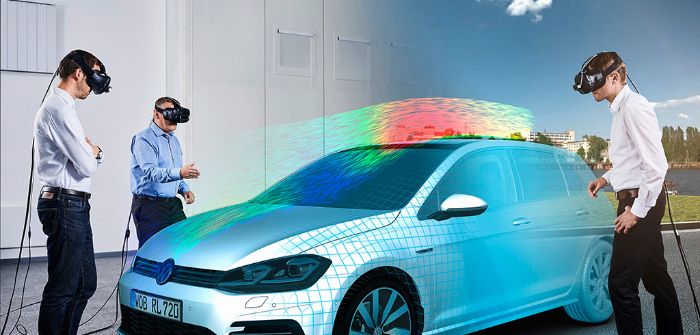Volkswagen’s design department is forging ahead with its digital transformation and has completely changed its working methods over the past two years. From the creation of new products right through to market launch, work is now carried out digitally at every avenue, which significantly increases the efficiency of each step and facilitates collaboration across locations. The new processes also give employees much more room for personal and professional development.
“Above all, ongoing staff training and software optimization lead to an increase in employee satisfaction, increase the pace of development and improve product quality,” explained Klaus Bischoff, head of Volkswagen Design. “At Volkswagen, digitization is alive in design – and this is something that employees benefit from: the new processes open up exciting prospects for personal development.”
Volkswagen’s design department has been focused on digital working methods for many years now. Investments have been made in high-end presentation systems – such as an 18m-wide (60ft), high-resolution LED screen for verification of virtual models. One advantage of this is that the cost- and time-intensive production of clay models during the process is drastically reduced, as these can now be virtually displayed and optimized. The result is a reduction in, and more targeted use of, physical presentation models, which has led to savings in the tens of millions since mid-2016.
Virtual reality (VR) and augmented reality (AR) also have an important role to play. High-resolution data glasses were recently introduced; these enable new product visions to be created, jointly developed and evaluated in photorealistic quality by several people simultaneously at each of the virtually simulated sites around the world. This enables more effective communication between the Volkswagen design centers across the globe as they develop new vehicles, identify trends, develop ideas and optimize concepts. This enables diversity and competition of ideas.
The new design opportunities primarily make it easier for designers to work together with other development partners, enabling engineers across departments to be integrated into the process, which ultimately benefits creativity and product maturity. Of course, a prerequisite is a powerful IT infrastructure that enables real-time collaboration across national borders.


